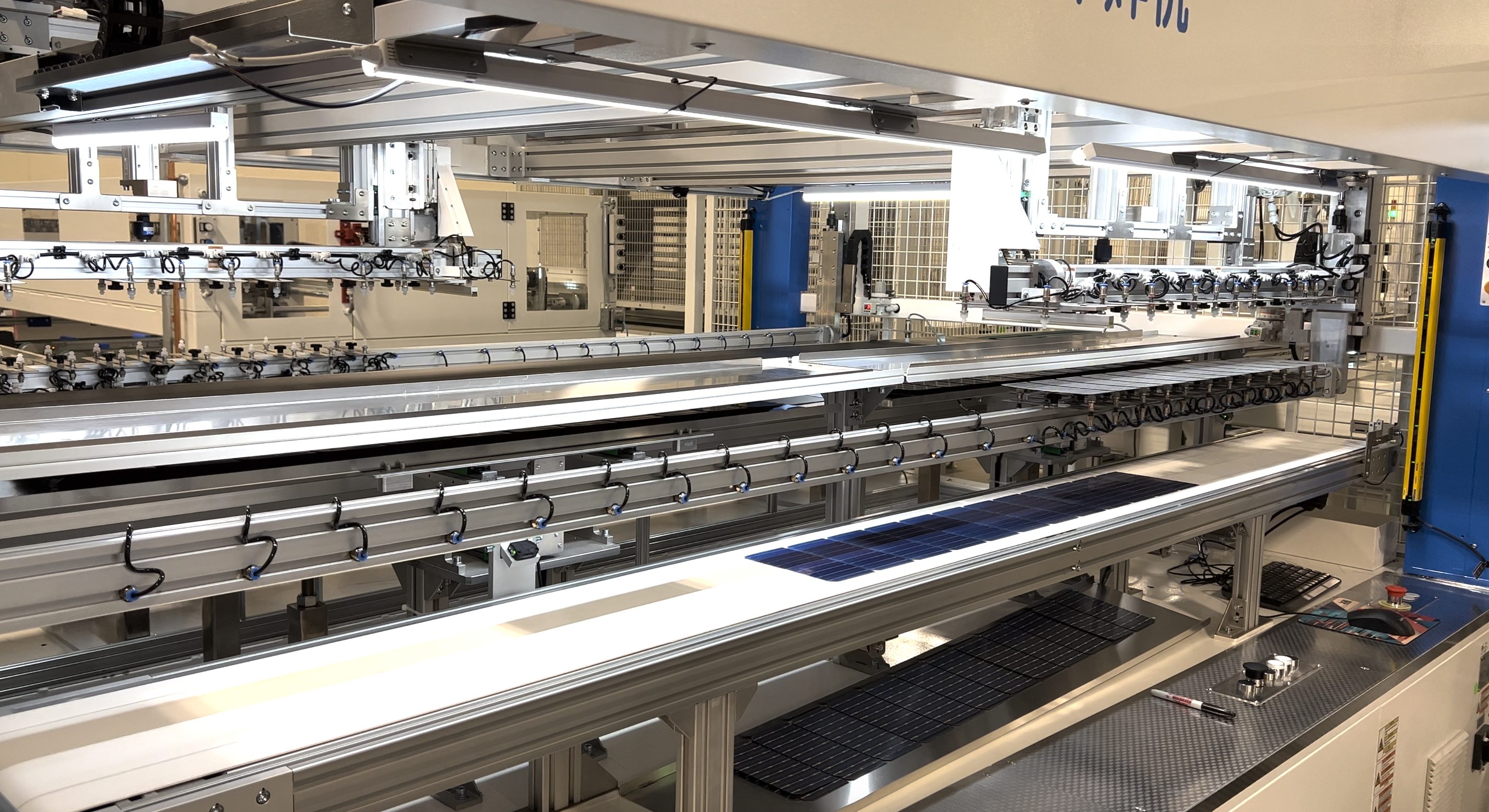Solar's Comeback: How America's Manufacturing Surge Is Powering a Green Revolution

In a groundbreaking move, the BlueGreen Alliance has unveiled a comprehensive roadmap designed to accelerate private investment in American manufacturing. Since the landmark Inflation Reduction Act of 2022 was signed into law, manufacturing investments have surged by an impressive 71%, signaling a transformative shift in the industrial landscape.
The alliance's strategic blueprint aims to capitalize on this momentum, highlighting the potential for sustained economic growth and job creation across multiple sectors. By providing clear guidelines and incentives, the roadmap seeks to encourage continued private sector investment in domestic manufacturing capabilities.
This significant growth reflects the act's powerful impact on industrial policy, demonstrating how targeted legislative efforts can stimulate economic development and strengthen the nation's manufacturing base. The BlueGreen Alliance's initiative promises to build upon this success, charting a path toward a more robust and innovative manufacturing ecosystem.
As companies increasingly recognize the opportunities presented by the new legislative framework, the potential for continued investment and economic revitalization looks increasingly promising. The roadmap serves as a beacon for businesses looking to invest in America's manufacturing future.
